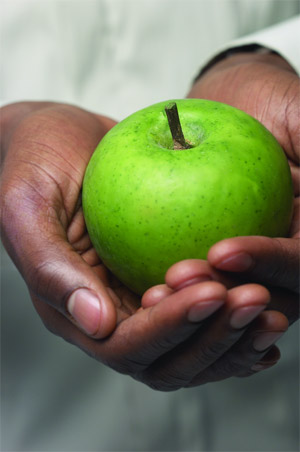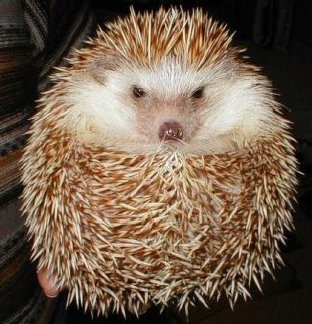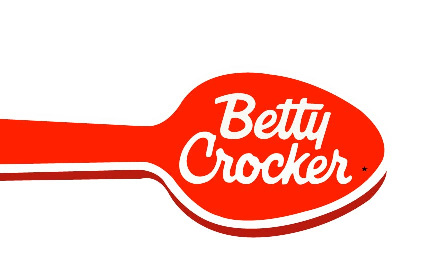
Competitive rowing is generally regarded as an endurance sport where the crew with the highest VO2 will win. It is my belief, strength has a larger part to the success of an oarsman but this is a controversial topic, which I look to prove at a later time. What happens in a competitive situation where every boat has comparable athletes from every aspect: height, weight, aerobic capacity, and strength? The boat with the most efficient crew with the longest stroke will almost certainly will be faster.
Watching the 2010 Head of the Charles Regatta last week, I was amazed how many crews do not reach full compression at the catch. There are a few possibilities for cause of this: the coxswain may have been calling for too high of a stroke rate and the crew was compensating by shortening their recovery; or maybe they are not flexible enough to compress their body at the catch. Being a strength coach for rowers, my first priority is to work on mobility, so the oarsman can comfortably reach full compression in the catch and be able to sink the blade in the water.
It is all a simple math equation. If we can increase the length of the stroke for an oarsman on the boat by one inch, the result in the water is approximately three inches due to the ratio of the inboard and outboard portions of the oar. In a typical 2,000 meter race each crew will take anywhere between 200-250 strokes. [3 inches x 200 strokes = 600 inches / 12 inches per foot = 50 feet] This equation demonstrates that two boats evenly matched up in every aspect except boat ‘A’ crew is able to extend the stroke by one inch, will beat boat ‘B’ by 50 feet, who cannot extend their stroke.
The first muscle I am going to look at is the latissimus dorsi (lats). The lats are broad, flat, triangular shaped muscles that originate at the lumbodorsal fascia into the spines of the lower six thoracic vertebrae, lumbar vertebrae, lower 3 to 4 ribs and iliac crest. The lat then spirals around the Teres major to insert in the floor of the intertubercular groove of the humerus. It is regarded as the prime mover of arm extension. During the stroke the lats are primarily responsible for pulling the handle to your body during the final phase of the stroke. They also play a large role at the catch, this time not in strength but in mobility. At the catch the oarsman needs to be able to sink the blade into the water. This sounds simple, but at full compression the oarsman is typically reaching as far forward as he can already putting the lat into a stretch. Then to sink the blade he raises his arms, stretching the lat further, this might become difficult for a tight oarsman.

We have two main exercises that we use to promote flexibility and range of motion in the lats: the Kneeling Lat Stretch is a static hold, and Floor Angels focus on dynamic mobility.
Kneeling Lat Stretch: Start in a prone position with hands knees and toes on the ground. Use your fingers to walk your right arm out at a 45 degree angle in front of your left hand. Once you have gone as far as you can, flip your right hand over so your palm is facing up. From here grab your right lat with your left hand and try to sink your right armpit to the ground. Hold this position for 10-30 seconds and repeat with your left arm.

Floor Angels: Lying supine on the ground place your arms on the ground as if you were to perform a shoulder press horizontally. Raise your knees to place your feet flat on the ground then flatten your lower back to the floor, maintain this position with your trunk the whole time. Now, press your hands horizontally above your head keeping your hands and as much of your arms on the ground as possible. once you reach maximal extension, hold for three seconds then bring your arms back down. This motion should be repeated multiple times.


Testing the Mobility of the Lat
To test the mobility of the lats in our rowers we have devised a Lat Flexibility Test. This test has a similar starting position as the floor angel: supine, knees bent and lower back flat against the ground. The oarsman will start with their right arm vertically straight up with their wrist flexed toward their feet. Then they will lower their arm overhead in the sagittal plane until they cannot maintain their lower back flat on the ground. We then measure the distance of the wrist from the ground. This process is then repeated for the left arm. These scores are unique to each oarsman because of arm length but this allows us to track changes over time. The goal we have implemented for every oarsman is to touch the ground with their wrist.

To assess the athletes we have developed a staircase measuring device. Each riser on the stairs is 1 inch and on the tread we have the height labeled. To measure the oarsman we simply slide the stairs under the wrist till we hit a riser. If the oarsman’s wrist touches the riser above the step labeled 5 we know the athlete is at least 5 inches off the ground but not more than 6 inches. The stairs allow us to measure large groups efficiently.

Please check back for Part 2, where I will continue to break down the catch position and provide you with more mobility exercise to include in every rower’s warm up.
Mike Zawilinski CSCS, NSCA-CPT, is a Strength & Conditioning Coach at Northeastern University, Boston MA, where he is also currently working to complete a Masters’ in Sports Nutrition. Mike is the coordinator of care for Men’s and Women’s Rowing teams, Women’s Basketball and Women’s Volleyball. He also volunteers as the Coach of the Northeastern Powerlifting Team and he is a competitive powerlifter as well, holding the Massachusetts state Bench Press Record. He can be reached at m.zawilinski@neu.edu.











